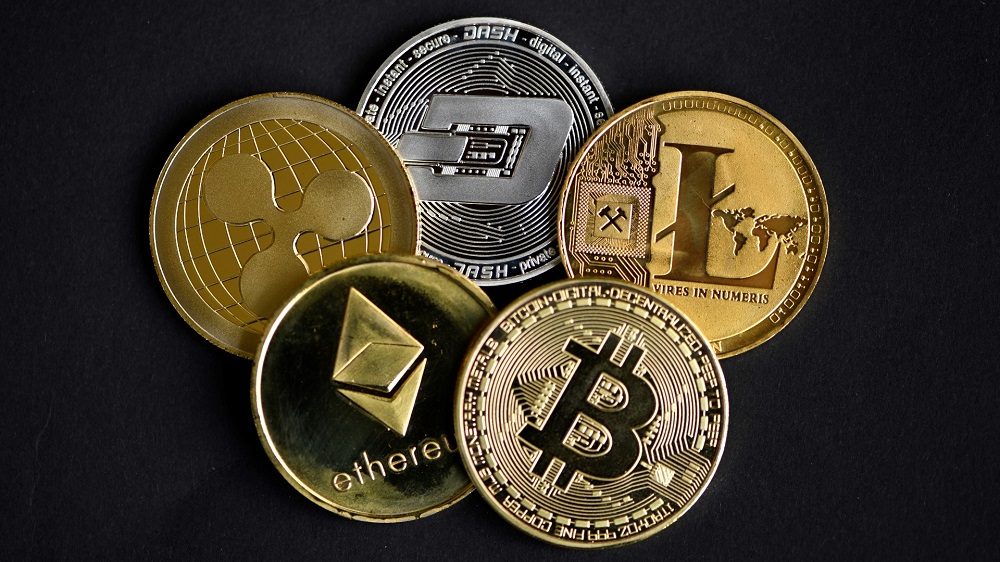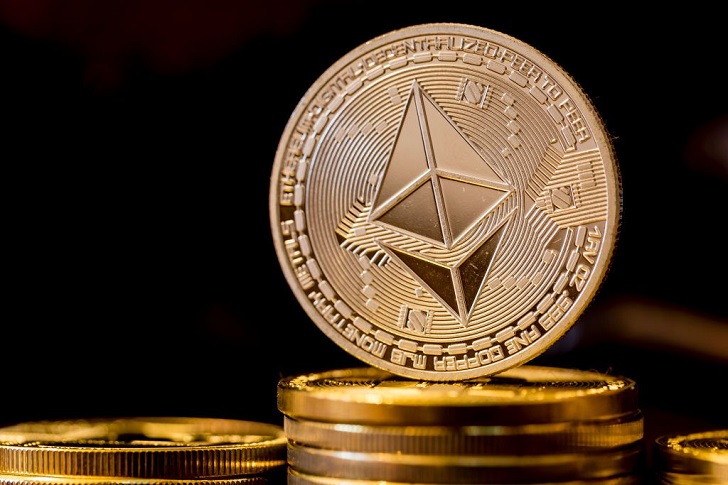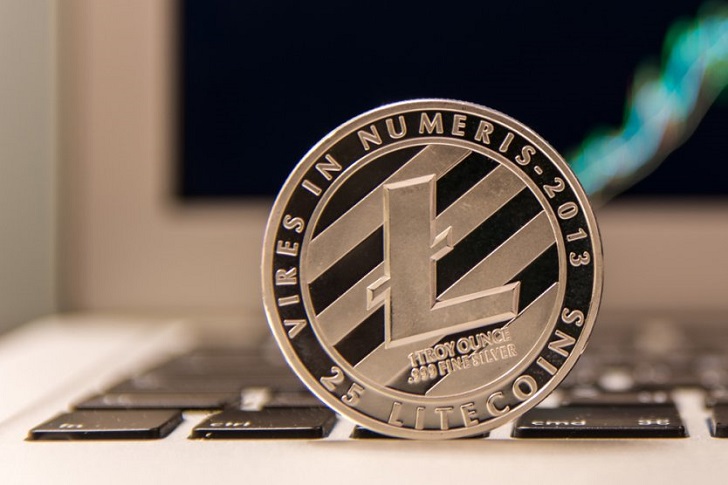
Types of Digital Currency

In the digital age, traditional forms of currency are no longer the only means of exchange. Digital currencies have emerged as an alternative, offering fast, secure, and decentralized transactions. From well-known commodities like Bitcoin to the rising popularity of Ethereum, various digital currencies are reshaping the financial landscape. Here are some of the most prominent types of digital currency.
Bitcoin (BTC)
Bitcoin, introduced in 2009, is the first and most widely recognized digital currency. It operates on a decentralized blockchain network, ensuring transparency and security. Bitcoin’s unique feature is its limited supply, with only 21 million coins that can ever be mined.

NATHAN REIFF/ AP | Ethereum is the community-run technology powering the cryptocurrency ether
This scarcity has contributed to its value and investment appeal. Bitcoin has paved the way for numerous other digital currencies and remains a dominant force in the crypto market.
Ethereum (ETH)
Ethereum is a decentralized, open-source blockchain platform that introduced the concept of smart contracts. Unlike Bitcoin, Ethereum allows developers to build and deploy decentralized applications (DApps) on its platform.
Ether (ETH) is the native digital currency of the Ethereum network, fueling transactions and powering smart contracts. Ethereum has gained significant attention and has become the foundation for many innovative blockchain projects and Initial Coin Offerings (ICOs).
Ripple (XRP)
Ripple, founded in 2012, offers a digital payment protocol and a digital currency called XRP. Ripple aims to facilitate fast, low-cost international money transfers and remittances. Unlike other cryptocurrencies, Ripple does not rely on blockchain mining but rather operates through a consensus algorithm. It has partnered with financial institutions worldwide, positioning itself as a bridge currency for cross-border transactions.

NATHAN REIFF/ AP | Litecoin is a decentralized digital currency like Bitcoin
Litecoin (LTC)
Litecoin, created in 2011 by Charlie Lee, is often referred to as the silver to Bitcoin’s gold. It shares many similarities with Bitcoin but offers faster transaction confirmations and a different hashing algorithm. Litecoin was designed to be a more lightweight and accessible digital currency with a larger supply of coins than Bitcoin. It has gained popularity among users who appreciate its faster transaction speeds and lower fees.
Bitcoin Cash (BCH)
Bitcoin Cash is a digital currency that emerged due to a hard fork from Bitcoin in 2017. It was created to address scalability issues and provide faster and cheaper transactions. Bitcoin Cash increased the block size limit, processing more transactions per block. It aims to be a peer-to-peer electronic cash system, emphasizing usability for everyday transactions.
Cardano (ADA)
Cardano is a blockchain platform that aims to provide a secure and scalable infrastructure for developing decentralized applications and smart contracts. Its native cryptocurrency is called ADA. Cardano sets itself apart through its focus on academic research and peer-reviewed development. It aims to create a sustainable ecosystem that balances the needs of users, developers, and regulators.

NATHAN REIFF/ AP | Cardano, founded in 2015, is one of the world’s largest cryptocurrencies based on market value.
Binance Coin (BNB)
Binance Coin is the native cryptocurrency of the Binance exchange, one of the largest cryptocurrency exchanges globally. BNB was initially launched as an ERC-20 token on the Ethereum blockchain, but it has since transitioned to its own blockchain, Binance Chain. BNB is primarily used to pay transaction fees on the Binance exchange and participate in token sales hosted on the Binance Launchpad.
Stellar (XLM)
Stellar is a blockchain platform designed to facilitate fast and low-cost cross-border transactions. It focuses on connecting financial institutions, enabling them to issue digital assets and facilitate money transfers. Stellar’s native cryptocurrency is Lumens (XLM), a bridge currency to facilitate these transactions. Stellar aims to address financial inclusion by providing affordable access to financial services.
More in Investments
-
`
Matthew Perry Foundation Launches Addiction Fellowship at MGH
The impact of addiction on individuals and families is profound, and the need for specialized medical care in this field has...
February 13, 2025 -
`
Celebrity Couples Who Have Ended Their Relationships in 2025
2025 has already seen its fair share of celebrity breakups, and the year is just getting started. From heartfelt announcements to...
February 6, 2025 -
`
How Trump’s Policies Will Reshape Artificial Intelligence in the U.S.
The United States witnessed a significant political shift as Donald Trump took the presidential oath once again. His return to the...
January 31, 2025 -
`
Millie Bobby Brown Shuts Down Age-Shamers with a Powerful Message
From the moment Millie Bobby Brown first appeared as Eleven in “Stranger Things,” she captured hearts worldwide. But growing up in...
January 25, 2025 -
`
Why Outsourcing Payroll Services Is a Smart Business Move
Managing payroll is no small task—it’s a crucial part of any business that ensures employees are paid accurately and on time....
January 15, 2025 -
`
These AI Stocks Should Be on the Watch List of Investors in 2025
The buzz around AI stocks is growing louder than ever. With artificial intelligence shaping industries like healthcare, finance, and tech, smart...
January 8, 2025 -
`
Why the Starbucks Workers Strike Is Expanding Across U.S. Cities
The Starbucks workers’ strike has gained significant momentum, with employees in more U.S. cities joining the movement to address unresolved issues...
January 2, 2025 -
`
Are Shawn Mendes and Camila Cabello Still Close After Breakup?
The connection between Shawn Mendes and Camila Cabello continues to intrigue fans worldwide. Their shared history, from chart-topping collaborations to a...
December 24, 2024 -
`
Here’s What It Takes to Become a Professional Physical Therapist
Physical therapy is a career that blends science, empathy, and problem-solving to help people recover from injuries or improve mobility. Knowing...
December 19, 2024















You must be logged in to post a comment Login